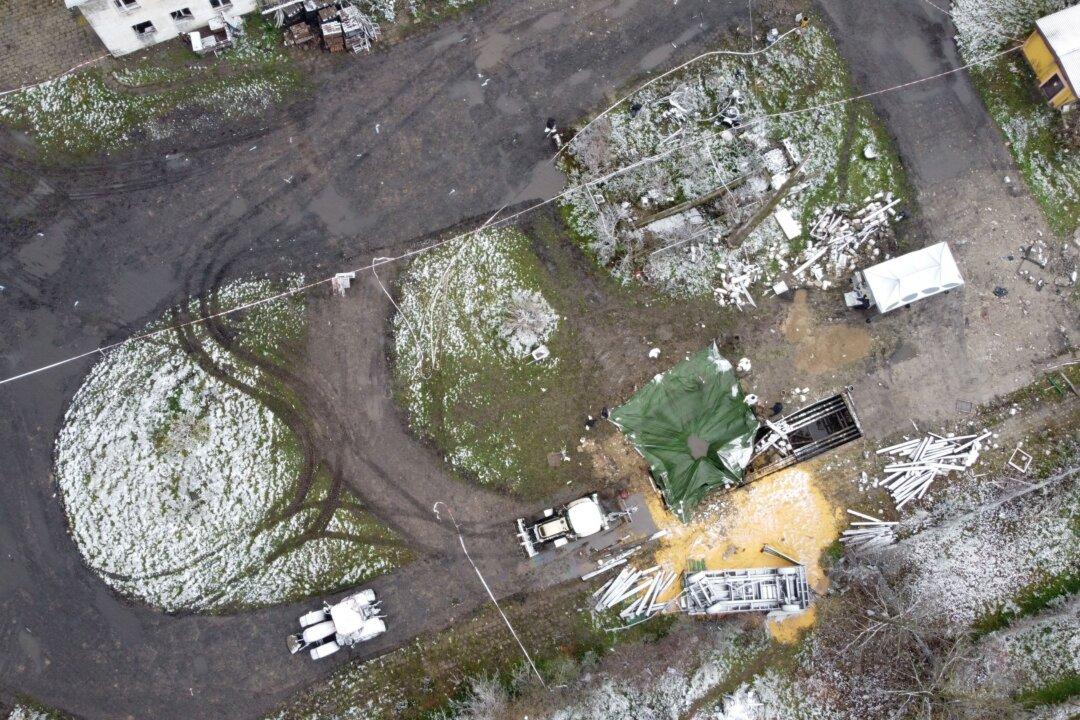The Associated Press published a story claiming Russian missiles struck Poland after an editor decided that a single anonymous source was sufficient, newly published internal messages show.
Reporter James LaPorta said in a Slack chat room that he'd heard from a source, described as a senior American intelligence official, that “Russian missiles crossed into Poland.” LaPorta said his source had been vetted by Ron Nixon, an Associated Press vice president.





